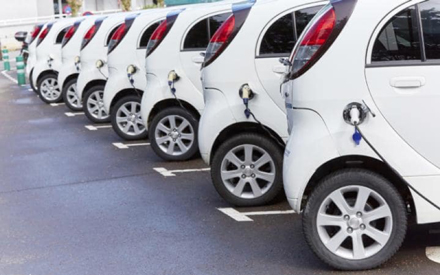|
The previous edition of VTS Mobile World presented a
panoramic view of 2017’s electric vehicle market, and how fast it is expected
to grow during the following year. Nearly every car manufacturer is producing
more Electric Vehicles (EV) in almost every car segment (utility, luxury, mini
etc.).
It is generally accepted that the main barriers to
developing a massive market of EVs are range, price and lack of infrastructure.
With most of the technology R&D focused on the two first problems, this
article discusses the latter.
As the effect of a single EV in electric Distribution
Systems (DS) can be neglected, distribution companies focus their efforts in
reducing the effect that the integration of fleets of vehicles would have in
DS. But with greater penetration of EVs, new protection, control and power dispatch
algorithms must be designed and implemented to avoid incorrect operation of
protections or uncoordinated EV charge that could collapse the DS.
Therefore, energy distribution companies face new challenges
and need to adapt themselves to allow big scale integration of EV. On a smaller
scale, from a potential EV user point of view, it is vital to determine whether
or not an EV charger can be plugged into the existing low voltage network.
These networks were designed to follow regional electric codes that do not
necessarily consider the integration of new important loads such as EV
chargers.

It can be expected that existing infrastructure will be more
likely adapted to plug in EV chargers safely in developed countries than in
developing countries. As an example, in the Colombian region of Santander—which
has an electrical code based on the American National Electric Code NEC—the
existing residential low voltage infrastructure is not adapted to plug in either
fast or semi-fast chargers securely.
Nevertheless, the use of slow chargers is permitted under
some conditions: in low income residential sectors, the electrical
infrastructure is over-dimensioned to follow the electric code, so EV could be used
safely. However, most of the residents in this sector cannot afford an EV, at
least in the short and forthcoming term.
On the other hand, in high income residential sectors where residents
more likely to invest in EV, it is more complicated to connect EV safely. The
reason is that power consumption is high in these areas, and the networks
operate close to nominal power.
New low voltage
infrastructure needs to be created. The good news is that EVs will create many
new career opportunities for electric engineers that are not even directly
related with EVs.
|